Gen Z’s Radical, Virtual Quest To Save The Planet
September 25, 2020BruceDayne#DMTBeautySpot #beauty
It’s time to wake up. On Global Day of Climate Action, VICE Media Group is solely telling stories about our current climate crisis. Click here to meet young climate leaders from around the globe and learn how you can take action.
Many people first started paying attention to the youth climate movement in 2018, when now-17-year-old Greta Thunberg began protesting outside Swedish Parliament in her home country. Her small act of civil disobedience had a ripple effect. Students across the globe began striking by refusing to attend classes, which eventually turned into the “Fridays For Future” movement.
It may sound like a ploy to get out of chemistry, but it’s not. Gen Z ranks climate change as the most important issue of our time, according to last year’s Amnesty International survey of more than 10,000 members of 18- to 25-year-olds. “Older generations were not out there protesting in the streets on this issue the way Gen Z is,” asserts Rebecca Bromley-Trujillo, PhD, who teaches political science and environmental policy at Christopher Newport University. These under-25 activists have formed organizations like Fridays For Future and Zero Hour, a movement that focuses on helping young people take action. Others have sued their state or even the United Nations. They’ve staged hunger strikes. They’ve performed spoken word poetry.
These kids care. A lot.
“Younger people see the total mess that Boomers and, to a lesser extent, millennials have left, and they have to figure out how to fix it,” says Jessica Green, PhD, an associate professor focused on climate governance at the University of Toronto. That’s a heavy burden to bear. Many self-report feeling eco-anxiety, or “a chronic fear of environmental doom,” according to the American Psychological Association.
“For some Gen Z folks with whom I work, their eco-anxiety is related to a continuation of generations’ worth of oppression,” notes Kristi E. White, PhD, a clinical health psychologist with a focus on how climate change affects well-being. She’s referring specifically to BIPOC communities, which “have always been the most severely impacted by sustainability failures.” Others are confronting the more recent realization that they’re “inheriting many generations’ worth of avoidance and poor stewardship,” she says.
While not every young adult is channeling their energy into activism, the post-millennials who are seem particularly ardent. Their attitude is: “The world is falling apart right now, and if you think it’s okay, what’s wrong with you?” Green says.
We talked to leading climate activists in the U.S. — most of whom still can’t buy a legal drink — about how they got their start, what their activism looks like mid-pandemic, and why they think the youth are such incredible change-makers.
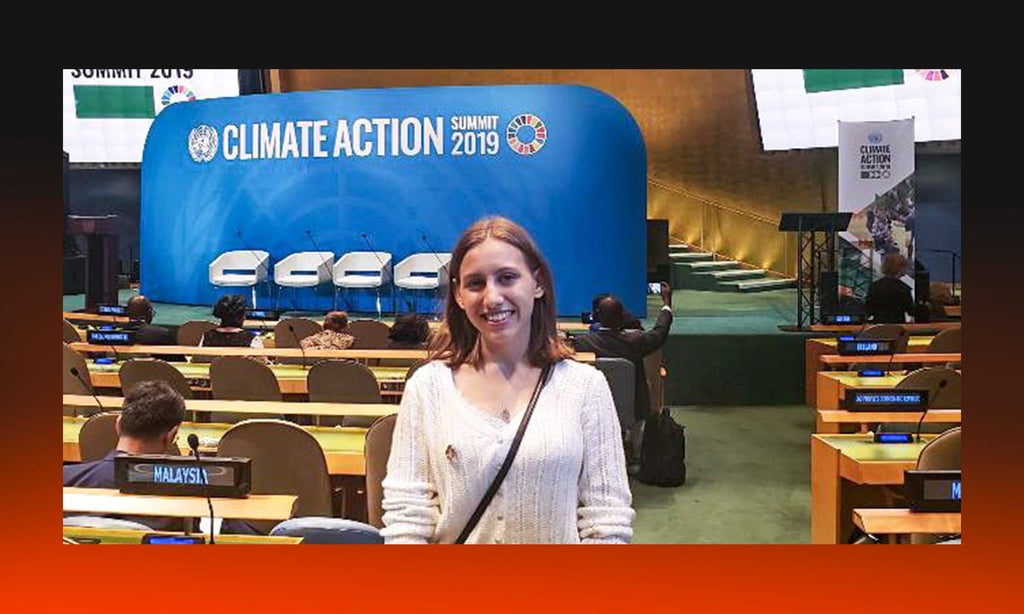
Alexandria Villaseñor
Age: 15
Location: New York City, NY
Activism History: Founder of Earth Uprising; co-founder of the US Youth Climate Strike, a part of the Fridays for Future movement; filed a complaint against the United Nations, along with Greta Thunberg and 15 other climate activists.
On getting her start in activism
“When I was young, 5 or 6, I wanted to be a writer. I never would have expected that I’d end up being a climate activist at 15. But in 2018, I started striking at the end of the week as part of Fridays for Future. People called me alarmist and dramatic. I would tell them that, in the future, school wouldn’t matter anymore because we’d be running from multiple crises. And here we are. That future is now. Even if COVID didn’t exist, the entire West Coast couldn’t go because of the air quality. It would be so unsafe. And other places are beginning to see catastrophic events because of climate change.
“The fires show us just how quickly we need to take action. I have a lot of family out in California. I was actually there over the last few months, very close to the LNU Lighting Complex fire. I’m very lucky to have been able to leave a few weeks ago. But as an asthma sufferer, I’m still recovering from the smoke inhalation. The scientists are warning us about the future and that it will get so much worse. We should listen to them.”
On channeling fear for the future into action
“I feel a sense of eco-grief. For me, that means a feeling of sadness and loss. I’m seeing the collapse of our biodiversity. I recently wrote a chapter in the book All We Can Save, and doing that reminded me of the Monarch butterflies in California. When I was growing up every year in the springtime, we’d get just so many butterflies. I’d see them on the playground, and in the fields, and it was always so exciting. But the population has declined drastically in the past couple of years. And so it’s just extremely upsetting to see those things that were very personal, and know that future young people won’t be able to experience them.
“One thing that helps my eco-grief is taking direct action. Going out and protesting.”
On why younger generations make great activists
“Young people are forces when it comes to climate change because we speak very directly and bluntly. We have resources such as technology and social media and use them to our advantage when it comes to organizing and connecting with each other. Especially during the pandemic, we’ve been using social media to our advantage. Doing initiatives and campaigns, and putting pressure on politicians and those in power.
“Youth activists think more outside the box, and don’t think just in terms of what’s ‘politically possible.’ It’s not only that we’ll be using the planet the longest — although things will get worse in our lifetime. We’ll see the worst consequences of climate change.
“The youth climate movement has also seen how our movement needed to grow and be more intersectional, that it needs to have more people of color and people being affected directly by the climate crisis at the front lines. Because of that, I think that we’ll come out of this pandemic even stronger.”
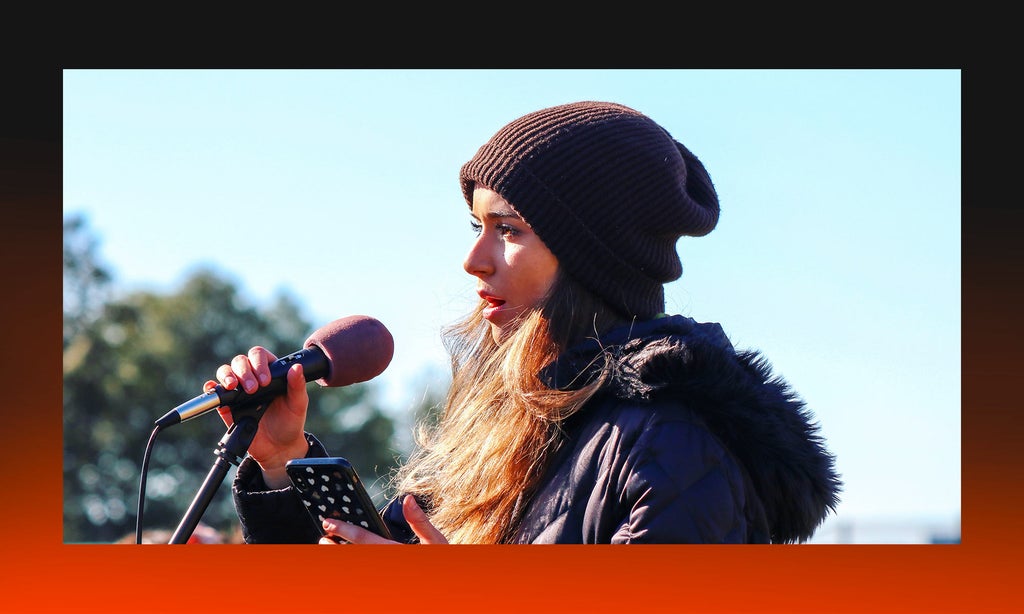
Sophia Kianni
Age: 18
Location: McLean, Virginia
School: Indiana University, public policy analysis major
Activism History: Founder of Climate Cardinals; Youngest member of the United Nations Secretary-General’s Youth Advisory Group On Climate Change
On getting her start in activism
“I first got into climate activism in sixth grade. My dad and I have a tradition of stargazing together. He’s super into astronomy, and we’d go out every night when I was little and he’d talk to me about the different constellations. But when I was visiting my grandmother’s house in the capital of Iran, Tehran, I went out and couldn’t see the stars because of the air quality. I thought, That’s so sad.
“The climate crisis is affecting the Middle East, with temperatures rising more than twice the global average. I was struck by the fact that my relatives weren’t really aware of what was happening and didn’t know about climate change. And so for the past, like, six years, I’ve been translating climate information to help educate them.
“And it’s not just my relatives. I found a study that showed only 5% of Iranian university students could properly explain the greenhouse gas effect. I saw there was clearly an issue, and I couldn’t find much climate change education that was available in Farsi, the language they speak. So, I founded Climate Cardinals, where I work with volunteers to translate climate information into 109 different languages. Recently we partnered with the UN’s environmental program to translate their Youth #ForNature Manifesto that they’re going to be releasing soon in different languages.”
On why younger generations make great activists
“I think it’s because we have more to lose. We’re going to be around much longer than the politicians who are in their 60s and 70s who haven’t taken action on the climate crises. They just don’t have as much as stake. Hopefully the rest of us have many years left on this planet, and we don’t want to continue to live knowing it’s getting worse every year.”
On going to extremes to raise awareness
“Last year, at 17, I got up at 5 a.m. and took an Uber by myself to DC instead of going to school. I was the youngest person and one of the only women to join a week-long hunger strike at House Speaker Nancy Pelosi’s office. I was demanding that she take action, and wanted an on camera, hour-long meeting with her to discuss the climate emergency. She was calling the Green New Deal ‘The Green Dream, or whatever.’ I could only join in DC the first day because I couldn’t skip more school, but I continued the hunger strike. I had such a horrible headache by the time I stopped. The first thing I finally had was a strawberry and almond milk smoothie because I didn’t want to overwhelm my body.
“Sometimes you have to escalate things to raise awareness, to get people and press to pay attention. And the climate crisis is being escalated every year, so.”
On inciting change during a pandemic
“There’s no substitute for nonviolent, civil disobedience like the way Fridays for Future was doing with their weekly protests. But there are a lot of ways to continue activism virtually, during COVID. I’ve been very much focused on continuing to grow Climate Cardinals during this time, and our transcriptions can be done from the safety of your home. Anyone who cares about climate change should know there are still ways to get involved, and I’d urge them to take the first step and put themselves out there.”
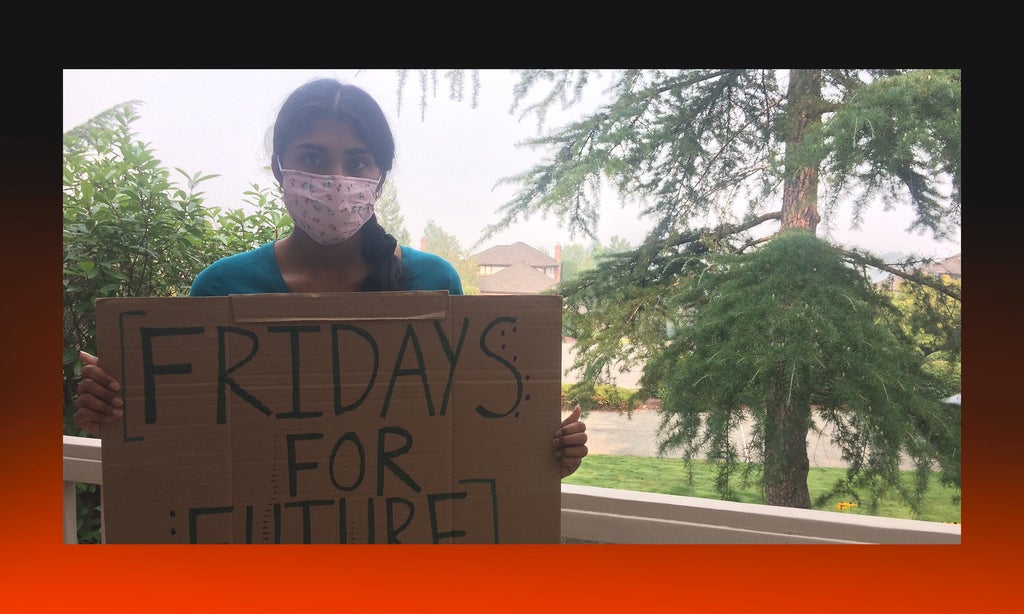
Meghna Shankar
Age: 19
Location: Redmond, Washington
School: University of Washington, physics and computer science major
Activism History: Organizer at Fridays For Future Seattle; Member of Sunrise UW
On getting her start in activism
“In fifth grade, I read Al Gore’s book on climate change, Our Choice. The book was a gift from my dad. It got me interested in the cause. Then in high school, I heard about Greta Thunberg’s strike for global action on March 15, 2019, so I started organizing a protest. We walked out, went to our city hall, and spoke to our mayor and our city council president about our concerns about climate change. I believe students in [112 countries] also walked out in solidarity with the movement that day. I think it really shows that many young people are willing to put their education at stake for the sake of their future.
“I was so nervous that day because I had never done something like that before. I honestly was known for being a more quiet student, and following the rules. So for me, it was a big deal. I kept striking on some Fridays after that. I remember I would talk to my friends, and some of them would say, ‘Oh, I don’t see why this is such a big issue. I don’t want to skip lunch to come to your protest.’ In high school, there tends to be a lot of apathy coming from students because they don’t want to stand out. You know, they wanted to look cool. But climate change is something you can’t really opt out of.”
On inciting change during a pandemic
“Since the COVID pandemic, we haven’t been able to strike in person, but Friday For Future has been doing digital campaigns. We’ll do Twitter storms, and create informational graphics for the Global Day Of Action.
“But it’s not the same. I think if you don’t see the protests every day, you feel detached after a while. With Fridays For Future, we were able to engage young people in the community who weren’t necessarily able to do more intensive actions like going to policy makers offices or writing letters. Very young children would go to our strikes, and they would just hold up a sign. Anyone could get involved. Now we have to resort to posting photos on our Instagrams every Friday, which isn’t the same as standing outside for an hour. It feels a bit sad, but there are a lot of other youth-led organizations that are filling the gap virtually.”
On channeling fear for the future into action
“In the back of my head, I’m always thinking about climate change. Because of the fires on the West Coast, I’m looking out my window right now and I can maybe see half a mile away, I can’t really see the mountains.
“It’s scary because even adults who claim to support you aren’t doing enough to make change. Mayors, senators — they say ‘oh we’re so proud of what you’re doing, and we support you.’ And they’re happy to take a picture with us, but they don’t really do anything. Or they’ll approve things that increase carbon emissions. They say they’re for climate justice and the next week approve a new cruise ship terminal Seattle. And, right now, that gives me more anxiety than not being able to protest in the streets. It feels like adults are seeing the changes happening around us but nobody cares enough to do something about it. That’s why we have to act.”
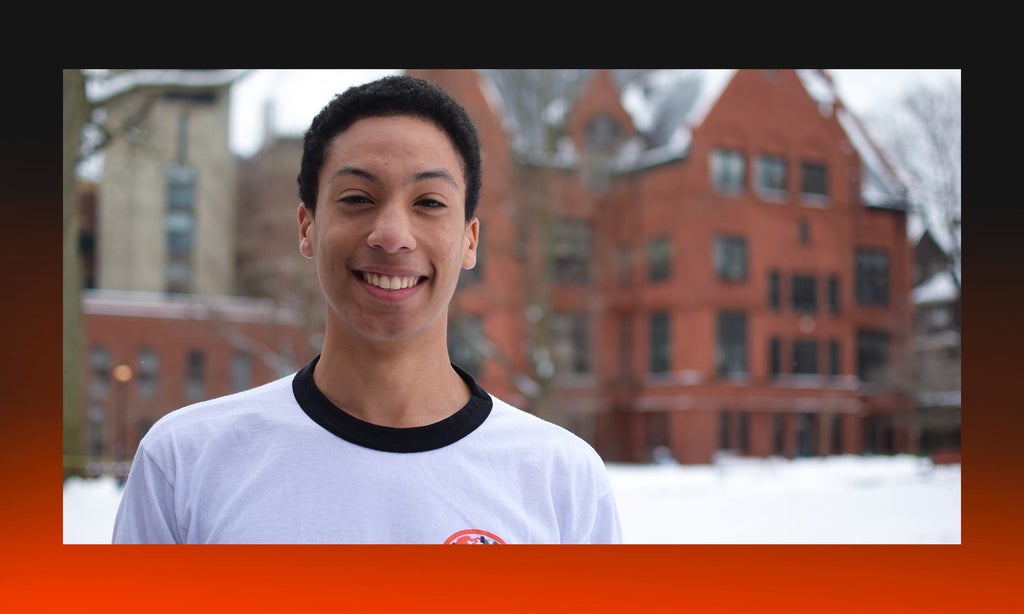
Zanagee Artis
Age: 20
Location: Clinton, Connecticut
School: Brown University, environmental studies and political science
Activism History: Co-founder and deputy director of policy at Zero Hour; Fellow for Joe Biden’s campaign
On getting a start in activism
“When I was a kid, I loved the beluga whale at the Mystic aquarium in Connecticut. I have a picture of me standing in front of the giant tank with huge whales. I look so tiny. Going to the aquarium back then got me interested in environmental activism. I learned about pollution, and thought, Look at all these amazing sea creatures that are being impacted by plastic in the ocean.”
On why younger generations make great activists
“The youth climate movement is really about taking our futures into our own hands, but also fighting for people who are facing climate change in the present. Environmental actions of the past were not as radical in calling for systemic overhaul as we are today. But we know that without dismantling the systems at the root of climate change — the patriarchy, colonialism, capitalism, and racism — we’ll never be able to have climate justice and have a transition to sustainable energy for the future.
“We started Zero Hour to emphasize that we have run out of time to address climate change. You can see rising temperatures in the Arctic, for indigenous communities their lifestyles and livelihoods are changing, you can see desertification, and deforestation happening in the Amazon. We know that this has been happening for at least the past few years now, and that climate change has been a stressor on communities around the world. And so we need to act right now.”
On channeling fear for the future into action
“I think a worst case scenario for the planet is something that most people are incapable of comprehending. The amount of change to the natural environment that will happen if we don’t act is terrifying. It could look like elongated hurricane and tornado seasons. Or like wildfire spreading from the West coast all throughout the country. We don’t really know for sure, although the climate scientists know a lot. It could look like the apocalypse. That’s why we’re fighting every day.
“After I finish at Brown, I’m planning to go to law school, and I’m interested in studying environmental or constitutional law. I want to do this to enhance my powers as an activist. I want to advocate for young people, especially those who are unable to vote, and anyone who I believe is being disproportionately harmed by a system that was not designed to protect them. And I’d like to someday eventually run for elected office.”
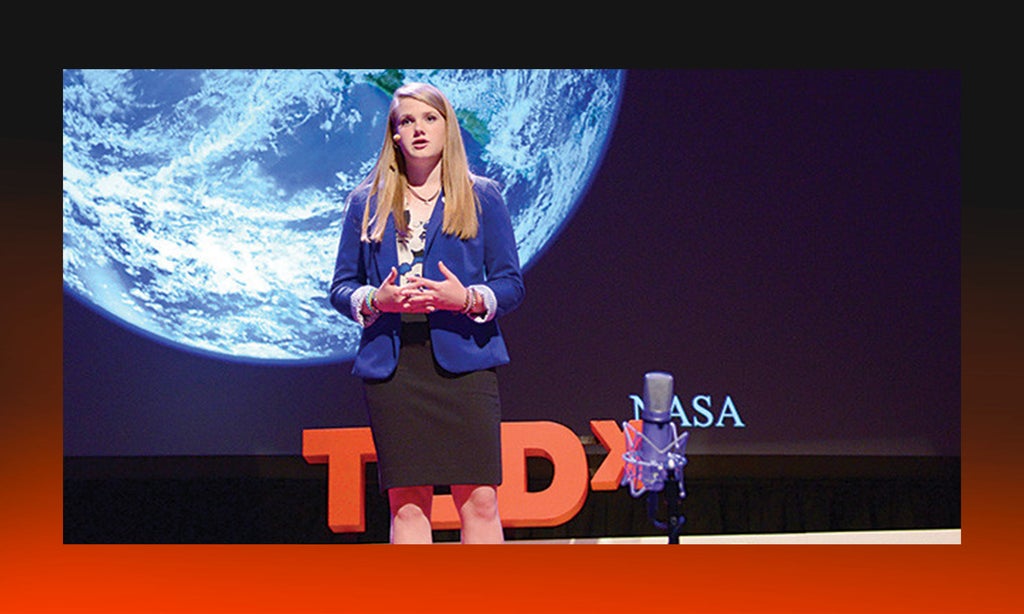
Delaney Reynolds
Age: 21
Location: Miami, Florida
School: University of Miami, marine science and geology major
Activism history: Founder of The Sink or Swim Project; member of the Youth Leadership Council of EarthEcho International; Suing the state of Florida; Member of the CLEO Institute’s Leadership Council
On getting a start in activism
“I grew up in and around the water, learning about sustainability. And because of that, I’ve always had a vast love for the ocean. When I was 8 years old, I actually wrote my first children’s book about ecology based on No Name Key, a super-small island in the Florida Keys where I grew up part-time. As I was researching for that, I began to learn about climate change and how it’d affect the habitat that I love so dearly. I started to become extremely concerned because of how dire the situation seemed to be. I went on to found The Sink or Swim Project, a nonprofit advocacy organization focused on sea level rise and other environmental topics.
“It’s sad; my family has lived in Florida for generations, but recently, we’ve started having really bad flooding days every October. They have to close down the park where both my father and I learned how to swim. I hate it, because I want my future kids to follow in my dad and my footsteps and learn to swim there too.”
On going to extremes to raise awareness
“I’m the lead plaintiff in the Reynolds vs. The State of Florida climate change lawsuit. Seven of my friends and I are suing our state for not upholding duties outlined in the Florida constitution and something called the Public Trust Doctrine. That doctrine says the state has the responsibility to protect our land, the water, and, we believe, also the atmosphere. We’re asking the state to implement laws to help cut back carbon emissions so that we can help protect our atmosphere, because we know that burning fossil fuels and emitting carbon dioxide into the atmosphere is what’s causing the crisis. So we’re basically asking the judge to require that the state do their job.
“I have to say, I never expected to sue anyone at the age of 18. Now I’m 21, and we just had our first hearing in June. But we’ve kept pushing on it. It’s been daunting at times, but it’s also really important. We’re seeing the effects of sea level rise, and it’s hurting the coral reefs, the land, and us.”
On channeling fear for the future into action
“Our family just finished recovering and renovating from Hurricane Irma, which made landfall in 2017 at our home in the Keys. Then we recently had another hurricane, Sally. When she went over the panhandle last week, all we had was some light rain, luckily. But hurricane season is extremely stressful. With a record number of storms forming in the Atlantic, it is a constant reminder of climate change. Warm ocean water is what fuels these hurricanes, so as we continue to warm our planet, these storms will become increasingly more frequent and stronger. That’s scary, and that’s why we have to keep fighting.”

Like what you see? How about some more R29 goodness, right here?
DMTBeautySpot
via https://www.DMTBeautySpot.com
Molly Longman, Khareem Sudlow


0 comments